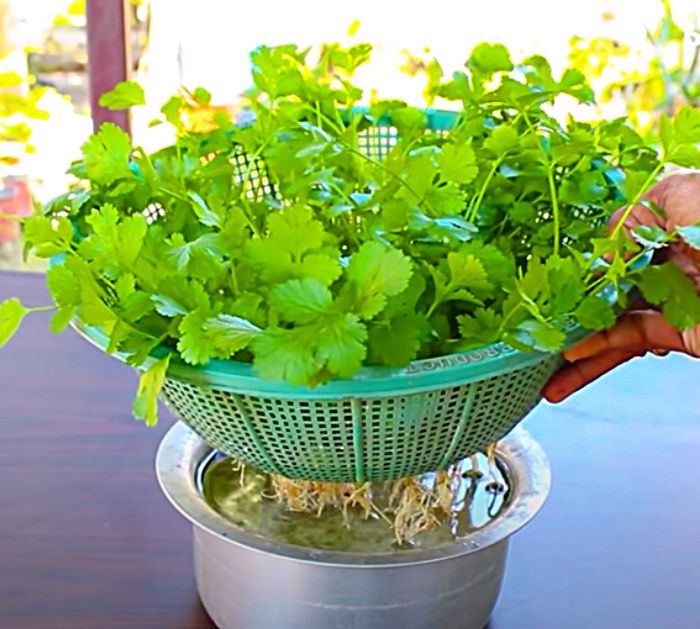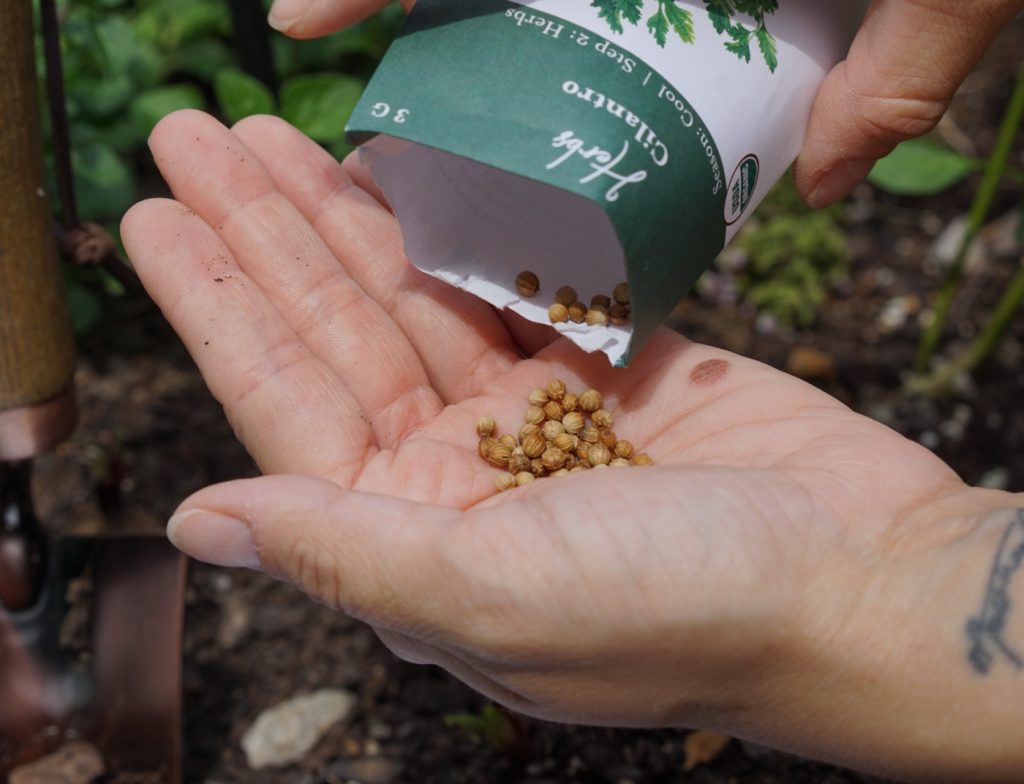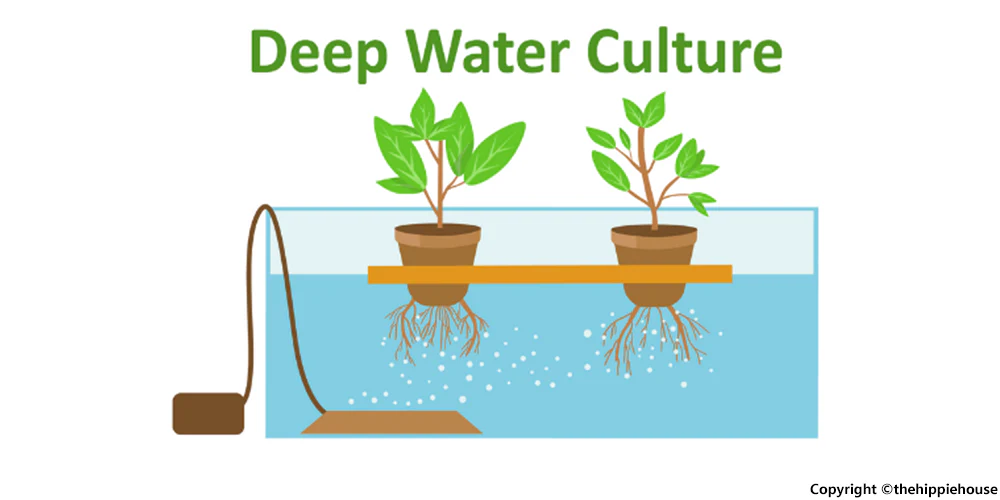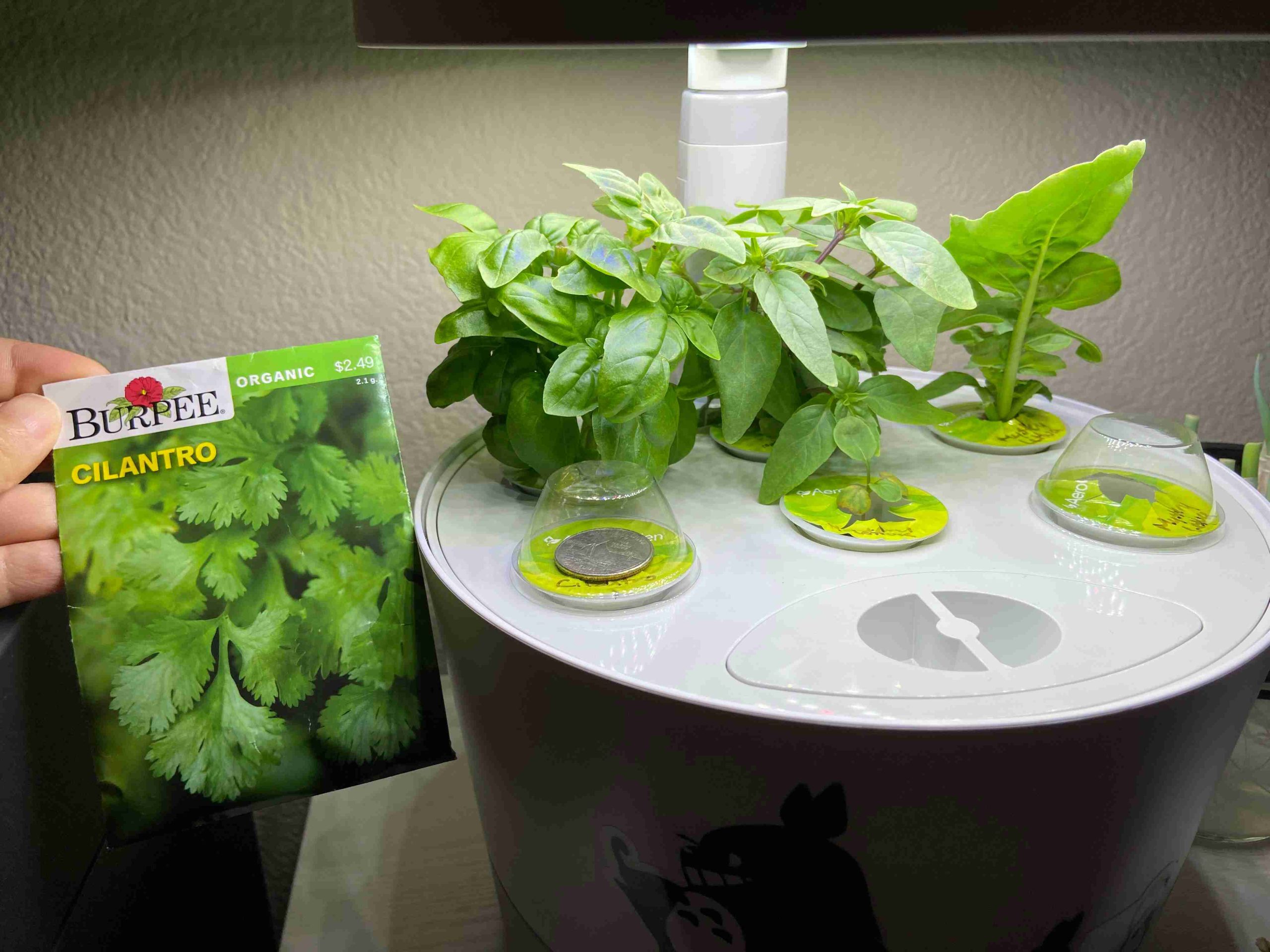Cilantro, also known as coriander, is a superstar herb in kitchens worldwide, loved for its fresh, zesty flavor and versatility. But here’s a question for all gardening enthusiasts: have you ever thought about growing cilantro hydroponically? Whether you’re a seasoned grower or just getting started with hydroponics, sprouting cilantro seeds is an exciting, rewarding, and surprisingly simple process.
Hydroponics, which involves growing plants without soil, is not just a trendy gardening technique—it’s a game-changer. It allows you to grow cilantro year-round, even in small spaces, with better control over its growth. Plus, no messy soil or weeding! Imagine fresh, aromatic cilantro just a few steps away from your kitchen counter whenever you need it.
In this guide, I’ll walk you through every step of sprouting cilantro seeds for hydroponics, from selecting the right seeds to setting up your hydroponic system. With years of experience in indoor gardening and hydroponics, I’ve tried and tested methods that can help you achieve consistent success. By the end of this article, you’ll not only know how to sprout cilantro seeds like a pro but also feel confident enough to nurture a lush, thriving cilantro garden.
Let’s dive in and turn your hydroponic cilantro-growing dreams into reality!
Why Grow Cilantro in Hydroponics?
Hydroponics is a game-changer for growing cilantro. This fast-growing herb thrives in the controlled environment hydroponics provides, free from soil pests, unpredictable weather, and nutrient imbalances. With this method, you get healthier plants, faster growth, and a steady supply of fresh, aromatic cilantro all year round.
Imagine skipping store-bought cilantro that’s lost its flavor on a long journey and instead picking vibrant leaves straight from your hydroponic garden. Plus, hydroponics is eco-friendly—using less water, no soil, and no harmful chemicals. It’s perfect for urban gardeners or anyone looking to grow fresh herbs in small spaces.
With the right setup and care, growing cilantro hydroponically is not only easy but incredibly rewarding. Ready to dive in? Let’s get started!

Choosing the Right Cilantro Seeds
When it comes to hydroponics, not all cilantro seeds are created equal. Choosing the right seeds is the first step to ensuring a successful harvest. High-quality seeds mean better germination rates, healthier plants, and, ultimately, more flavorful cilantro.
Here’s what to look for:
- Opt for untreated seeds: Many seeds are coated with chemicals or pesticides designed for soil planting, which may not work well in a hydroponic setup. Go for organic or untreated seeds whenever possible.
- Choose slow-bolting varieties: Cilantro has a tendency to bolt (flower) quickly, especially in warmer conditions. Slow-bolting varieties, like ‘Santo’ or ‘Calypso,’ are better suited for hydroponics as they give you a longer harvesting window.
- Fresh seeds for the win: Cilantro seeds lose their viability over time, so always check the packaging date and opt for fresh batches to maximize germination success.
Pro tip from our experience: Cilantro seeds are actually two seeds in one. Gently crushing them before planting helps split them open, allowing for faster and more consistent sprouting.
Preparing Cilantro Seeds for Sprouting
Getting your cilantro seeds ready for sprouting is a crucial step that sets the tone for healthy growth. While cilantro is relatively easy to grow, giving the seeds a little extra care at the start can make all the difference in your hydroponic journey.
Here’s a step-by-step guide to preparing cilantro seeds for sprouting:

- Soak the Seeds
Soak the seeds in warm water for about 12–24 hours. This softens the seed coat, making it easier for the seedlings to break through. Warm water works best, as it mimics the natural conditions that encourage germination. - Crush the Seeds Gently
Did you know cilantro seeds are actually two seeds wrapped in one shell? By gently crushing them (use a rolling pin or your fingers), you split the shell open, improving germination rates. Be careful not to overdo it—you want to crack the shell, not pulverize the seeds. - Sanitize for Safety
To prevent fungal growth or contamination, you can soak the seeds in a mild hydrogen peroxide solution (1–2%) for a few minutes before rinsing them thoroughly with clean water. This step is optional but highly recommended for hydroponics. - Use Fresh, Clean Water
After soaking and cracking, rinse the seeds with clean water and pat them dry. They’re now ready to go into your hydroponic system or growing medium.
Pro Tip: Keep the soaked seeds in a warm, dark place during this process, as cilantro prefers a bit of warmth to germinate. Aim for a temperature of around 20–25°C (68–77°F) for the best results.
Setting Up Your Hydroponic System
Now that your cilantro seeds are prepped and ready, it’s time to set up the hydroponic system. Don’t worry—it doesn’t have to be complicated or expensive. With the right setup, you’ll create the perfect environment for your cilantro to thrive.
1. Choose Your Hydroponic Method
There are several hydroponic systems to choose from, but for cilantro, the Deep Water Culture (DWC) and Nutrient Film Technique (NFT) are excellent options:
- DWC: Perfect for beginners, this method involves suspending your plants in a nutrient-rich water reservoir. It’s low maintenance and highly effective.
- NFT: Ideal if you’re planning to grow multiple plants. It continuously flows a thin film of nutrient solution over the roots, providing constant hydration and nutrients.

2. Pick a Growing Medium
Cilantro grows best with a stable, water-retentive medium. Some great options include:
- Rockwool: Lightweight, retains moisture well, and supports seedling development.
- Coco Coir: Eco-friendly and offers excellent water retention with proper aeration.
- Perlite: A budget-friendly choice that enhances drainage and prevents overwatering.
3. Set Up the Reservoir and Water System
- Fill your reservoir with clean, filtered water. Tap water can work, but ensure it’s free of heavy chlorine or salts.
- Maintain the pH level between 5.5 and 6.5 for optimal nutrient absorption. Use a pH meter and adjust with pH up or down solutions as needed.
4. Add Nutrients
Use a high-quality liquid hydroponic fertilizer specifically formulated for leafy greens. Look for one with a balanced NPK ratio, such as 10-5-15, ensuring cilantro gets the nitrogen boost it needs for healthy growth.
5. Provide Light
Cilantro loves light but not direct heat. Install a full-spectrum LED grow light about 12–18 inches above your plants. Aim for 12–16 hours of light per day to mimic natural sunlight.
6. Ensure Proper Air Circulation
Hydroponic systems can become stagnant without proper airflow. Add a small fan near your setup to prevent mold, pests, and other issues while strengthening the plants.
Pro Tip: Keep the water temperature in the reservoir between 18–22°C (65–72°F) to prevent root rot and support healthy growth.
How to Sprout Cilantro Seeds Hydroponics: Step-by-step Guide
Now comes the exciting part—planting your cilantro seeds! With the preparation done and your hydroponic system ready, it’s time to get those seeds started. Follow these simple steps to ensure a successful planting process:
1. Prepare Your Growing Medium
Start by moistening your chosen growing medium (like Rockwool or coco coir) with clean, pH-balanced water. This provides a welcoming environment for your seeds and encourages germination.
2. Plant the Seeds
Place 2–3 prepared cilantro seeds into each slot or cube of your growing medium. Don’t overcrowd—a little spacing helps ensure the seedlings have room to grow without competing for nutrients. Cover the seeds lightly with the medium to keep them secure.

3. Position in the System
Place the seeded growing medium into your hydroponic system, ensuring it’s properly seated and stable. The base of the medium should touch the nutrient solution or be close enough for the roots to access moisture as they develop.
4. Maintain Optimal Conditions
- Temperature: Keep the temperature around 20–25°C (68–77°F) to encourage germination.
- Humidity: Cilantro seeds sprout best in a slightly humid environment. If needed, cover the setup with a clear dome or plastic wrap to create a greenhouse effect.
- Darkness: Cilantro seeds prefer a darker environment for germination. Place your system in a dim spot or cover it lightly for the first 3–5 days.
5. Monitor and Wait
Check on your seeds daily to ensure they stay moist but not waterlogged. Within 5–7 days, you’ll start to see tiny green sprouts emerging—this is the first sign of success!
Pro Tip: Resist the urge to overwater during this stage. The seeds need consistent moisture but can rot if left in standing water.
By following these steps, you’ll set the stage for your cilantro to grow strong and healthy. Once the seedlings are established, it’s time to move on to nurturing and maintaining them for a bountiful harvest.
Benefits of Growing Cilantro Hydroponically
Hydroponics offers year-round cilantro growth with faster results and healthier plants. It’s space-efficient, ideal for small indoor setups, and conserves up to 90% less water than soil gardening. Indoor systems reduce pests and diseases, ensuring clean, pesticide-free cilantro. Plus, controlled nutrients enhance flavor, making your harvest fresher and tastier than store-bought options.
Pro Tip: Combine cilantro with other herbs like basil or mint in your system to maximize your indoor garden’s potential.
Conclusion
Sprouting cilantro seeds in a hydroponic system is a simple yet rewarding journey. From preparing the seeds and setting up your system to nurturing and harvesting your plants, each step brings you closer to enjoying fresh, flavorful cilantro year-round.
Cilantro is a fantastic choice for beginners, thanks to its adaptability and the controlled environment hydroponics provides. With just a little effort and regular care, you’ll soon have a lush supply of this versatile herb right in your indoor garden.
Ready to take the plunge? Start your hydroponic cilantro adventure today, and don’t forget to share your experiences—I’d love to hear about your success!
FAQs
1. Can I use regular cilantro seeds for hydroponics?
Yes, you can use regular cilantro seeds for hydroponics. Just ensure they’re high-quality and untreated. If you’re looking for faster germination, consider splitting the seeds (also known as scarification) before planting.
2. How long does it take to sprout cilantro seeds hydroponically?
Cilantro seeds typically sprout within 7–10 days in a hydroponic setup, depending on the temperature and humidity. Maintaining optimal conditions will speed up the process.
3. What is the best hydroponic nutrient for cilantro?
A balanced nutrient solution with a ratio of N-P-K (Nitrogen, Phosphorus, Potassium), such as 10-5-10, works best for cilantro. Ensure it also includes essential micronutrients like calcium and magnesium for healthy growth.

